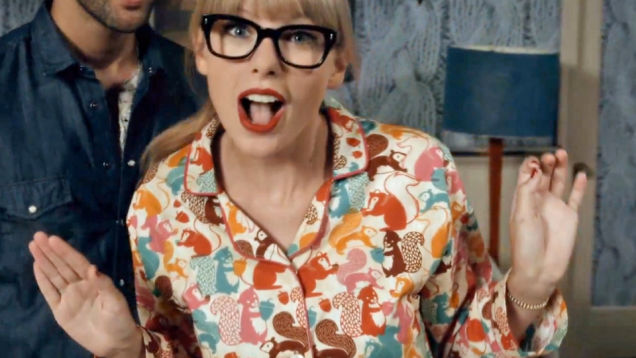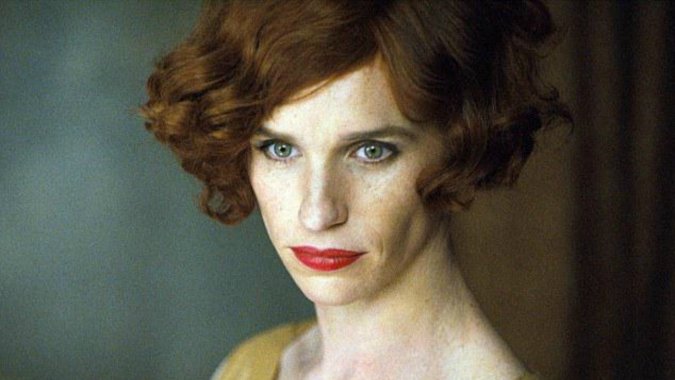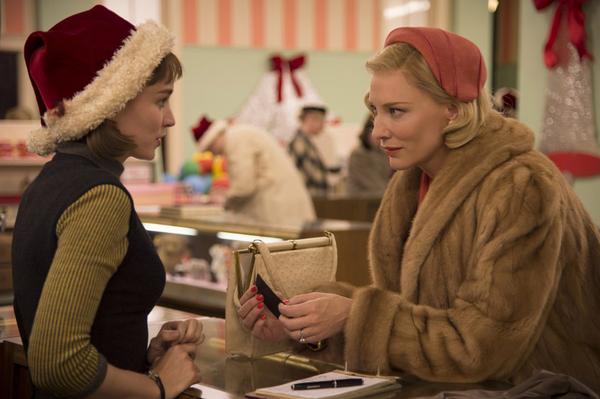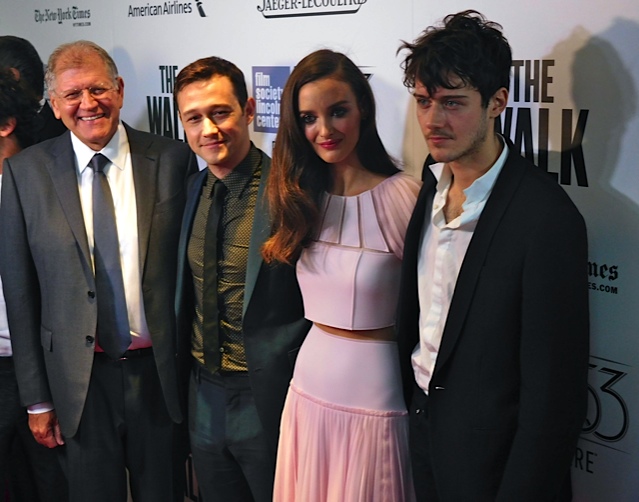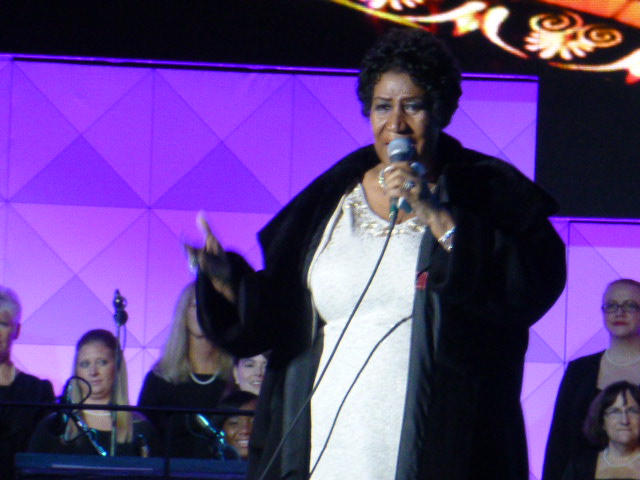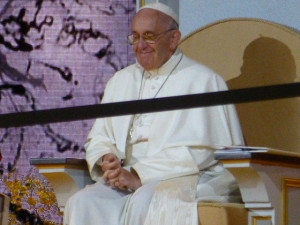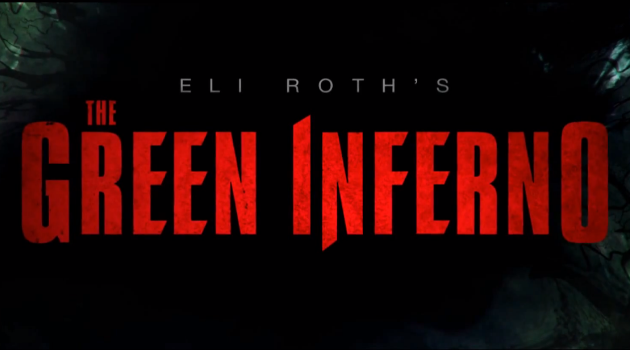The telephone call I never dreamed I would receive came in at 5pm. It was a gloomy thundery afternoon in the south of France and Percy and I were bunkering down in our bedroom to decide which movie we would watch after dinner.
“Hi Sis it’s me!” she said. I was delighted to hear Jackie’s familiar voice. She had told me weeks earlier that she was coming to the UK and we were already planning a host of activities, so I assumed this was one more opportunity to share the excitement of her arrival.
“Isn’t it a bit early for you?” I asked her.
“It’s 8 o’clock – I’ve been up for a while. Are you with Percy? I need to talk to you both about something. It’s rather bad news I’m afraid.”
“What is it?” I asked fearfully.
“I’ve got stage four breast cancer,” her voice broke as she said it, then I burst into tears. “I’ve known for seven years,” she said bravely.
“Why didn’t you tell me?” I cried as Percy held me tight.
“I couldn’t – I didn’t want to upset you. I know all the problems you’ve been having in the past few years – I didn’t want to burden you with mine.”
My voice was so choked with tears I could hardly speak. She explained that since we spent so much time in Europe while she was in LA, she knew I would be worried but there would be nothing I could do.
That was typical of my sister. She always put other people, particularly family, ahead of herself. After we hung up we called two of her daughters, Tiffany and Rory, and they verified that they had been taking their mother for treatments for over five years. “But we all expect her to continue for several years since she is so vital and energetic,” said Tiffany, “And she’s just done a publicity tour of the US for her new book.”
She was coming to the UK ostensibly to publicize launch of her latest novel. However now in retrospect I realize it was to say goodbye to her third daughter Tracy, her two granddaughters, her brother Bill and his wife Hazel and some other close friends, all of who lived in London.
When Jackie told us about her cancer I understood why she had lost weight. I had noticed her gradual weight loss two years ago when we went to LA for the winter months and last year asked her about it. She laughed, saying she was no longer eating desserts and was on a diet. I thought the weight loss suited Jackie so I gave it no further thought. Certainly in her ten-page spread in Hello magazine recently she looked fit and fabulous and, as Wallis Simpson always said, “You can never be too rich or too thin”.
The day she arrived in London, we had had tea at her hotel. Even after an overnight transatlantic trip that would fell the stoutest tree, she was bustling about taking pictures and chatting away with me as we always did.
Two nights before she returned to America, Jackie threw a fabulous birthday dinner party for her daughter Tracy upstairs in the private room of a popular west end restaurant. She was her usual sparkling, funny, energetic self, taking masses of pictures of all of us on her iPhone and her camera and looking, as usual, impeccably groomed and glamorous. She seemed full of joie de vivre as we chatted happily about our Christmas plans in Los Angeles and going to Hawaii with her children and grandchildren after that.
I’ve never had a better girlfriend than Jackie, with whom I shared so much in common and could enjoy talking and gossiping away about everything when we were together, going to our favourite restaurants or to the movies or on long distance phone calls.
She was omniscient – she knew everything that was going on in popular culture; she watched practically every television show (on the four DVR sets she kept going continuously); she knew about every pop band, rocker, rapper and singer and where they were in the charts; and of course she was extremely knowledgeable about every new novel and biography on or off the bestseller lists.
Jackie really enjoyed her life so much and lived it to the hilt, and when we were together, even if we hadn’t seen each other for a few months, we were thick as thieves.
She absolutely adored Percy and often teased him and me about him being “number 5” and doing so much for my children. When she asked him about booking some airline tickets for her and her family to come to London, she laughingly apologized and said “now I’m taking advantage of you like Joan does.”
Soon after we were married Percy became part of her inner circle. Jackie was very particular and private about who was in that ring. She had masses of people who loved and admired her and enjoyed a vast social sphere but other than family and some close friends she was extremely selective about whom she chose to share her innermost thoughts with.
It was not in Jackie’s nature to dislike anyone but when she did – watch out! She hated my fourth husband for she could see through him for what he was – a user, a psychopath and a total philanderer. She begged me not to marry him but unfortunately I went ahead – one of the worst decisions of my life.
Jackie and I didn’t see each other so much during that period. She didn’t want to see “the swede” and I was working fifteen hours a day on Dynasty every day. Her relief at the end of that short-lived marriage was palpable – we celebrated wildly with a big party at my house and she and David Niven Jr. led the chorus of approval handing out t-shirts with slogans such as “Holm-less” and “Holm is not where the heart is”.
Unfortunately, a couple of years later another relationship I had came between us and, having moved back to Europe, we couldn’t be as close as we wanted to be. Sisters will have their estrangements but happily when that relationship ended and I moved back to LA Jackie and I resumed our devotion to each other.
This devotion became most apparent when she was a very young teenager and I was a seventeen year-old starlet under contract to the Rank organization. For two years Jackie painstakingly cut out and pasted every single press clipping about me into a big blue scrapbook, recording the name and date of the publication in her flowing handwriting.
When I went to Hollywood in the fifties she wrote to me, and I to her, at least once a week – her letters full of news, fun and gossip. Later, during what we refer to as the “Tramp” years, when her husband Oscar Lerman owned and ran the nightclub with Johnny Gold, her letters about the hijinks in the club became quite raunchy and they really made me laugh.
By then she was already writing her novels and her first one, The World is Full of Married Men, was a huge bestseller. Even though some criticized the sexual content of the book it didn’t bother her. “That’s the way it is with so many husbands,” she’d say wisely, “They can’t keep it zipped.” Jackie in fact had started writing when she was only ten years old, and I would illustrate her first stories because I wanted to be a dress designer. I wonder where they are now.
Jackie wrote the character of Fontaine Kahled in her novel The Stud, with me in mind. When we made the movie it was a great success for both of us, even though the critics and moralists mocked it, calling it “soft porn” and “disgusting”.Jackie wrote about what she knew, particularly the Hollywood stories of divorce, betrayal and scandal. She despised men who were unfaithful to their wives as she had an extremely strong moral ethic. “I had my wild child phase when I was a teenager up until I got married.”
Recently, when we were looking through one of her many photo albums, I kept asking who the several different good-looking guys she was with on various beaches, “My boyfriend” she replied to every one of them.
“Wow, you had a lot of them!” I exclaimed.
“I know,” she twinkled.
I remember fighting men off Jackie when she was only fourteen. Once we were followed from the beach all the through the backstreets of Cannes by an extremely famous English movie star who was trying to pick her up. And when she came to Hollywood I gave her the keys to my car and my apartment, told her where she could reach me and jetted off to film in Barbados for three months. By all accounts she had a ball in LA and my parents, in an effort to reform her, had chosen the worst possible antidote.
I think that her iconic character Lucky Santangelo, the star of many of her books, was Jackie’s alter ego. Brave, ballsy and beautiful, she suffered no fools, took no prisoners and lived her life exactly as she wanted to. Lucky believed, as did Jackie, that “girls can do anything” and Jackie instilled that credo in her three remarkable daughters.
My sister and I never employed a stylist nor did we have makeup artists, preferring to do our faces ourselves. She had her signature look and I had mine, and what we wore and how we looked epitomized who we were. Neither of us followed fashion slavishly but wore what suited us and phlegmatically, and with British thrift, we both agreed it was ludicrous to spend thousands of pounds employing some young chick to go shopping for us. Besides why should we give over the pleasure of a good shopping expedition to someone else? Jackie truly enjoyed shopping for jewelry. She wore them all the time – gorgeous pendants, necklaces and earrings that she often designed herself.
We both adored the movies since we were children and went as often as possible, and our favourite outing for the last ten years was to get up early on Saturday or Sunday and head off to see the latest movie that we agreed was worthy of a trip to the cinema – it was uncanny how we agreed on most of the films. We were so fascinated by show business as children that we wrote off for signed pictures of actors and actresses. Jackie had “fan crushes” on Tony Curtis and Steve Cochran – dark brooding “bad boy” types on whom she later based several of the characters in her novels, including Gino Santangelo.
Her second husband Oscar was the man that everybody loved. He was charming, urbane and unerringly witty, not to mention a great dresser! After Oscar died in 1992, she started a relationship with darkly handsome Frank Calcagnini. They were extremely compatible and happy together until he too sadly died in 1996.
I used to nag my sister about getting mammograms, as our darling mother Elsa had succumbed to the disease in 1962 when she was only in her the early fifties. I was religious about doing mammograms regularly. Jackie however refused – she didn’t even like going to doctors. Like my brother and I she was needle-phobic.
As Jackie said in her last interview she did things her way. I celebrate the way she lived her life and, as she put it, the pleasure she gave to me and to so many people. In her inimitable way she had more concern for others than for herself to the end, and anyone who knew Jackie well will tell you how courageous and selfless she was. This, of course, was one of the reasons for her great success in both her personal and professional life and why she was loved and admired by so many. I therefore choose to remember her as the strong, independent, loyal, caring, maternal, fun-loving, witty, joyful woman she was.
I don’t think I will ever recover from the sadness of losing my beautiful baby sister. Someone once said, “The reality is that you don’t ‘get over’ the loss of a loved one, you learn to live with it.” I think Jackie would have liked us to do more than that. As she requested, I will not mourn her death, but rather celebrate her life. She will live on in the wonderful memories I have of her from our childhood and particularly from the last fifteen years, during which we were closer than ever. I feel her spirit, I hear her wonderful laugh and I see her all the time in the hundreds of photos of her that are sprinkled around my home.
She wasn’t just a star – to me she was an entire galaxy.


